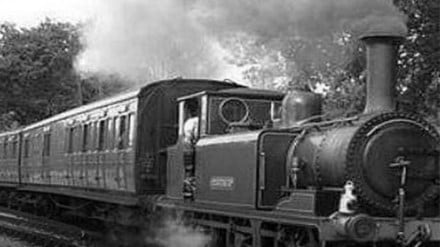In 1853, it was on this day that the first passenger train of the Indian sub-continent ran from Bori Bunder in Mumbai to Thane. A glorious instant, it changed the history of transportation in the country. During its inaugural run, the train carried 400 guests (approx) and covered a distance of around 34 km. It even received a salute of 21 guns.
The train was operated by the Great Indian Peninsula Railway and was hauled by three steam locomotives (Sindh, Sultan, and Sahib).
The train had 14 carriages on a 1,676 mm broad gauge track between Bori Bunder (Mumbai) and Thane. India’s first railway bridges, the Thane viaducts, were built over Thane Creek when the Mumbai-Thane line was expanded to Kalyan (in May 1854).
Indian Railways has come a long way since then.
Here are some fascinating facts related to Indian Railways:
- Indian Railways, by size, manages the fourth-largest national railway system in the world.
- As of 31 March 2022, it has a total route length of 68,043 km.
- It has a running track length of 102,831 km, and a track length of 128,305 km.
- In the year 2020, Indian Railways carried 808.6 crores (8.086 billion) passengers.
- In 2022, Indian Railways transported 1418.1 million tonnes of freight in the country.
- It runs 13,169 passenger trains daily (on both long-distance and suburban routes) covering 7,325 stations across the country.
- Mail or Express trains (the most common type of trains) operate at an average speed of 50.6 km/h.
- Suburban EMUs operate at an average speed of 37.5 km/h.
- Ordinary passenger trains operate at a moderate speed of 33.5 km/h.
- The top speed of passenger trains varies, with the Vande Bharat Express running at a peak speed of 180 km/h.
- In 2021-2022, it generated Rs 196,128 crore in revenue.
- The number of employees in Indian Railways – 1,252,347 (31 March 2021).
